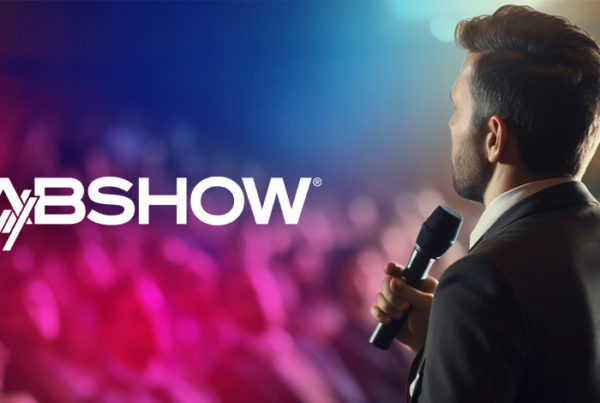Are advertisers deserting AM/FM radio? Not exactly, but there are lots of misconceptions advertisers have about radio listeners. For example, many believe subscription streaming services are getting the greatest share of ear, but that’s not true. In reality, AM/FM radio accounts for 76% of ad-supported listening time, while Pandora’s and Spotify’s ad-supported models get 10%.
That’s just one data point on the power of radio. Additionally, research suggests radio listeners have a much higher purchase intent. That’s great news for radio and advertisers.
Let’s break down the numbers so you can share them with advertisers who want to reach those ready to buy.
What Is Purchase Intent?
Purchase intent is the probability that a customer will buy a product or service. Evaluating purchase intent requires a lot of data. Some organizations have massive amounts of information on their customers and can forecast this internally. The other way of determining purchase intent is through research. Consumers who fit into a category provide their opinions, preferences and likelihood to make purchases.
It matters to you as a broadcast seller because your advertisers need to know if specific data sets of consumers will be more likely to purchase. In the case of this data, the group is AM/FM radio listeners. If you can present these findings to your clients, they’ll keep their dollars in radio and possibly expand them.
What the Data Says About Radio Listeners and Purchase Intent
The industry has tons of data about who radio listeners are, including their purchasing patterns. Here are the key data points that reveal their high purchase intent.
Improvements in Web Traffic and In-Store Visits for Radio Advertisers
Radio advertising improves brand web traffic and delivers new customers. Radio ads drove 22% incremental store traffic. Store traffic lift improved for automotive, jewelry retailers, physicians and life insurance agents.
Streamers Have Even Higher Purchase Intent
Purchase intent is even greater for AM/FM radio streamers. If you look at this subset of radio listeners, things look even better for advertisers. These listeners have high purchase intent for:
- Starting or buying a business
- Making fitness or wellness purchases
- Buying a large household furnishing or appliance
- Acquiring life insurance
- Subscribing to meal kits
- Purchasing a home
- Obtaining a new vehicle
- Investing in stocks, bonds or funds
These data points tell a great story about who the avid radio listener is and their probability of seeking products and services. It’s worth sharing this with your clients, no matter their thoughts on radio as a channel.
Why Are Radio Listeners More Likely to Consume Ad Content and Take Action?
While we can’t look into each of these listeners’ minds and reveal why, there are a few clues as to why radio works. One of the biggest reasons is the “trust halo” evident in the relationship between consumers and radio. Consumers feel connected to personalities and stations and find them honest and genuine. That aura of trust carries over to advertisers, leading to more ad message retention.
That doesn’t necessarily make listeners more likely to purchase. However, if they are, and they hear ads during their favorite programming, it could be very fruitful for advertisers.
Radio Ads Work, Connecting Advertisers to Ready-to-Purchase Consumers
These data points and new numbers on radio’s continued appeal make it clear that radio isn’t going anywhere. Those who consume it regularly are an attractive demographic for any advertiser. If you need data to overcome objections, you now have it!
Check out these other posts for more data on radio listeners:
How to Respond to “No One Listens to Radio Anymore” with the Numbers
Radio Ads Build High Engagement and Boost Sales for the Home Improvement Industry






